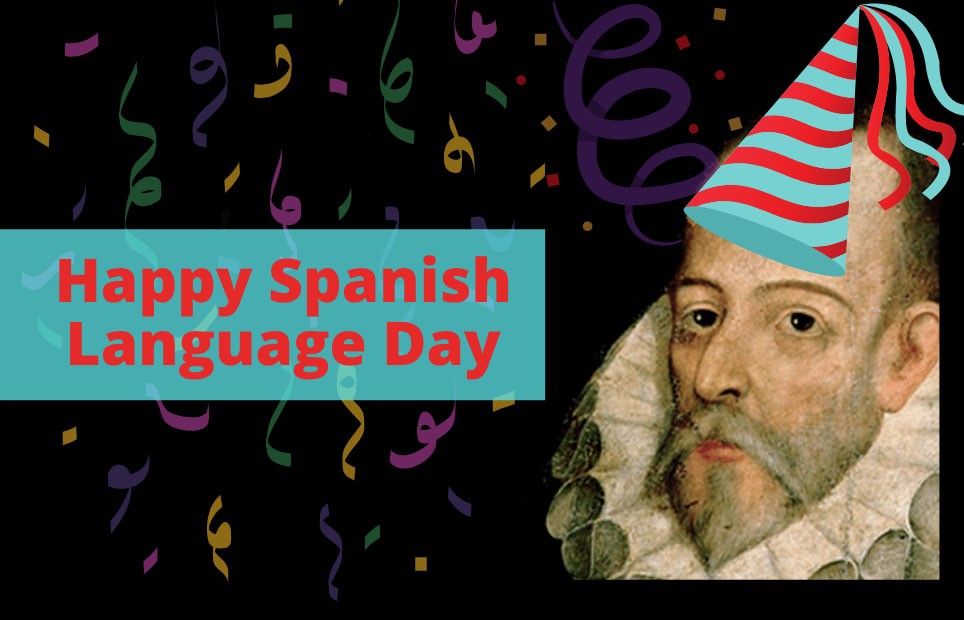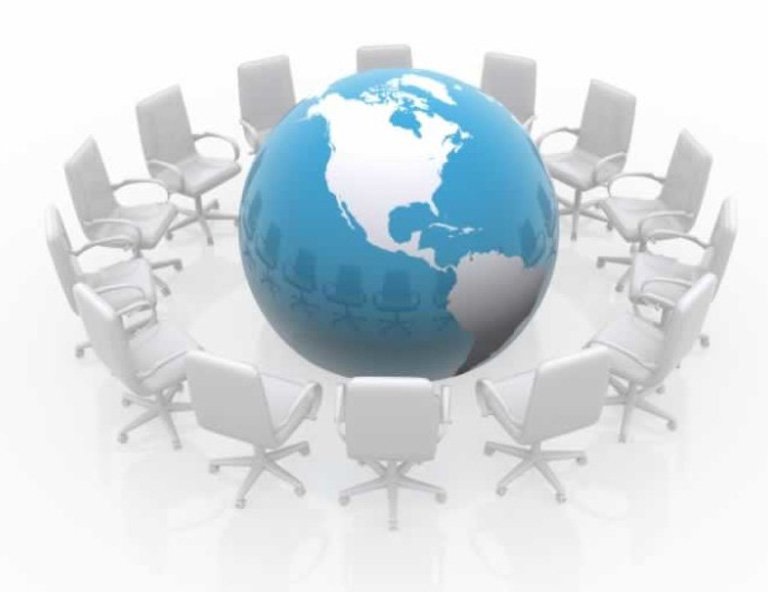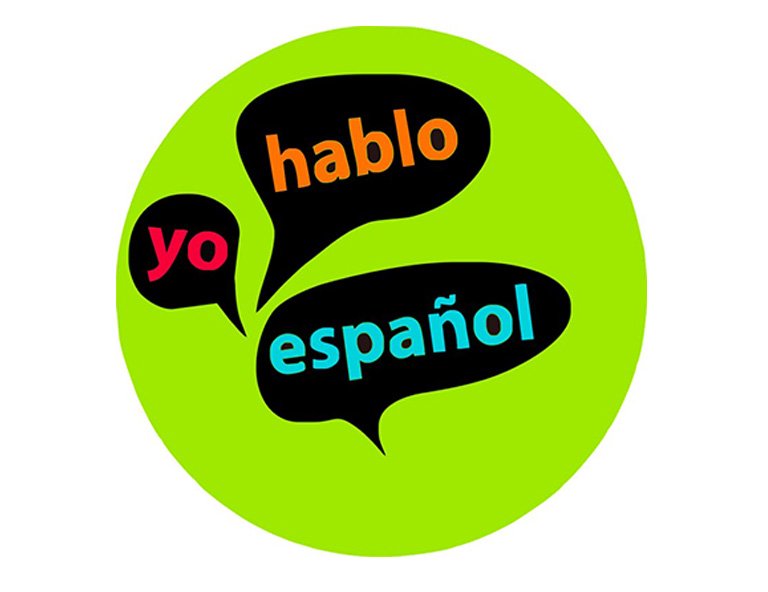How Much Does a Translation Cost? A Comprehensive Guide

In today’s interconnected world, accessing translation services can be as easy as googling “translations” and taking your pick from the myriad of options appearing on your screen. You’ll find translation agencies and freelance translators ready to undertake your translation project…for a price. However, determining how much a translation costs involves various factors, and understanding these […]
Tips to Set Up a Home Office

Translators shifting away from in-house positions and offices has been exacerbated by the COVID-19 pandemic, with an unprecedented number of people working from home in a huge range of fields, looking likely to stay this way for quite some time. However, working from home can be a daunting prospect for many for a variety of […]
Celebrate Spanish Language Day!

Lovers of Spanish, did you know there’s a special day set aside to honor your favorite language? Observed throughout the Spanish-speaking world, Spanish Language Day (El Día del Idioma Español) – celebrated on April 23 – aims to highlight the richness and vitality of the Spanish language. The date chosen for Spanish Language Day commemorates […]
Marketing to Latinos through Social Media – Transpanish

In the early days of social media marketing, marketing strategists rarely used to target Latinos using social media or other forms of digital marketing. However, this has since changed and according to a recent article in Forbes, companies now need to be aware that on average, in the US at least, young Latinos are more […]
Calendar of translation events – June 2016

2 Being a Successful Interpreter. Heriot-Watt University, Edinburgh, Scotland Panel on Natural Language Processing (NLP). Women in Localization, San Jose, California USA. 3 Symposium on Corpus Analysis in Legal Research and Legal Translation Studies.Transius, Geneva, Switzerland 3-5 ABRATES VII. Brazilian Association of Translators (ABRATES), Rio de Janeiro, Brazil 3-9 2nd annual Bread Loaf Translators’ Conference. […]
Facts about the rapid growth of the Spanish language

Soraya Sáenz de Santamaría, Vice President of Spain, recently recalled the roots and history of the Spanish language. She noted the landmarks and influencers of the language that helped to grow Spanish around the world. Such ventures include the expeditions of Christopher Columbus and the philosophy of writers like Mario Vargas Llosa and Gabriel García […]
Questions to consider before becoming a freelance translator

You are working as an in-house translator and you are tired of fixed hours, bosses and travelling to your job during rush hour. You might struggle with your schedule or not being able to choose what you translate. Is it time to become an independent translator? Answer the following questions before you take the big […]
Calendar of translation events – April 2016

3-7 International Conference on Interpretation National Association for Interpretation. Wellington, New Zealand. 12 Translating from the Margins: The Challenges, Opportunities and Responsibilities of Working with ‘Under-Represented’ Languages. The London Book Fair. London, UK. 13-15 LocWorld Tokyo. Localization World, Ltd. Tokyo, Japan. 15-16 bp16. Csaba Bán. Prague, Czech Republic. 19-20 TAUS Industry Leader’s Forum. TAUS. Tokyo, […]
What’s the difference between proofreading and editing?
You’ve thought up a spectacular story, your words flow with ease, you’ve finished your body of work, yet the process has just begun. Many people will argue that a written project has many layers. Dominick Dunne, an American writer and investigative journalist, once stated “even if you write it wrong, write and finish your first […]
Is the comma on its way out?
It’s probably one of the most difficult forms of punctuation to get to grips with and, for some, it’s starting to be more and more unnecessary. The question is, will the comma will eventually die out completely in the future? Let’s take a look at the arguments… Linguist and Columbia University professor John McWhorter is […]



